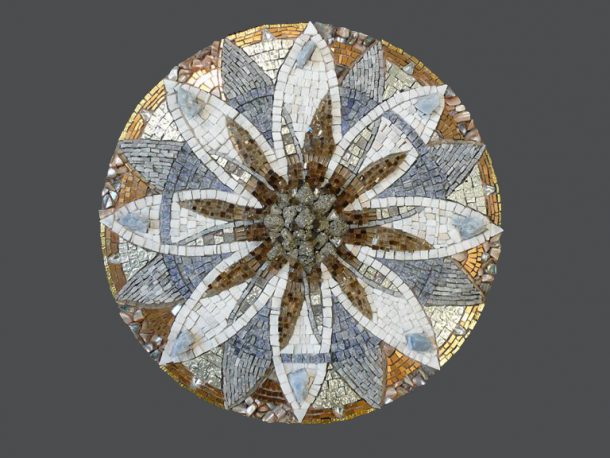For those who want a deeper understanding of Jung’s controversial work that has recently emerged, I found a very informative radio interview about C.G. Jung’s Red Book: Liber Novus on the radio show: On Point with Tom Ashbrook.
Tom interviews Sara Corbett, contributing writer for The New York Times Magazine, and David Oswald, a licensed Jungian analyst and graduate the C.G. Jung Institute in Zurich, Switzerland.
Listen Here at WBUR.org
Though he was a scientist and a psychoanalyst, Carl Jung was having his own personal psychological crisis when he worked on his Red Book. He used the meticulous illustration and calligraphy of the manuscript as a way to confront his unconscious experiences. He would use his own fantasies to de-construct his experiences to learn more about the unconscious, and then seek out conscious adaptation and meaning through his visual work. It is an astonishing representation of his inner world from about 1912 – 1930.

Images from Carl Jung’s “Red Book,” courtesy of W.W. Norton
See some spreads from the original manuscript here
Jung was one of the first Westerners to use the mandala form, and found the mandala a formative tool for accessing the deep archetypes and meanings within the subconscious. He began making mandalas when he was 21 years old, as this spontaneous art form flowed from within him in. He later learned the circular design was often used as a tool for enlightenment by many cultures.
“I saw that everything, all paths I had been following, all steps I had taken, were leading back to a single point — namely, to the mid-point. It became increasingly plain to me that the mandala is the centre. It is the exponent of all paths. It is the path to the centre, to individuation. … I knew that in finding the mandala as an expression of the self I had attained what was for me the ultimate.
—C. G. Jung, “Memories, Dreams, Reflections”
Images from Carl Jung’s “Red Book,” courtesy of W.W. Norton


